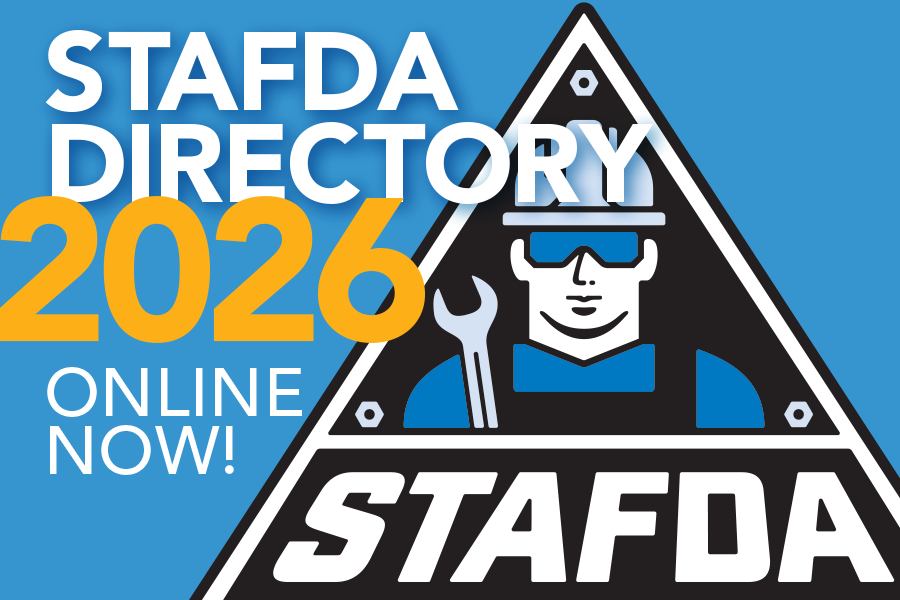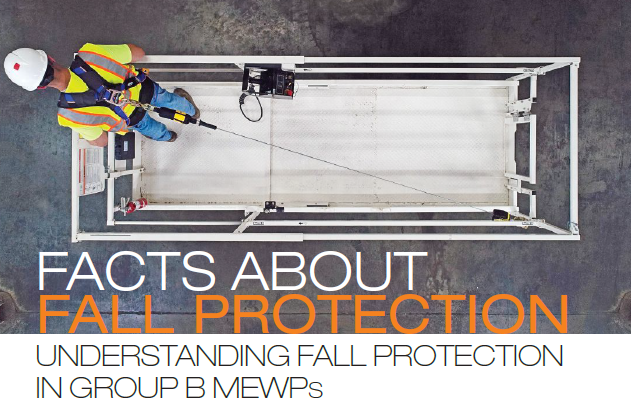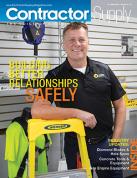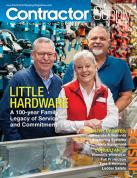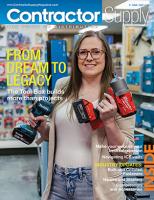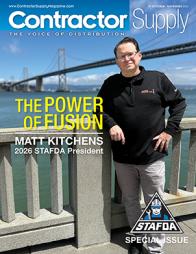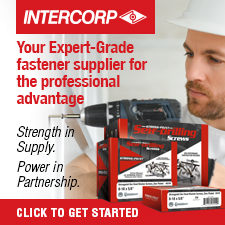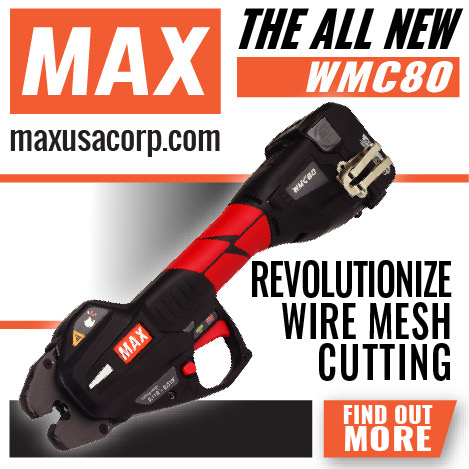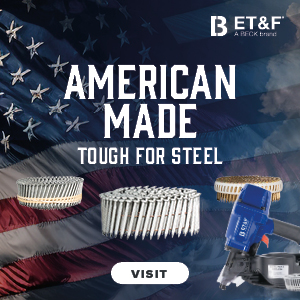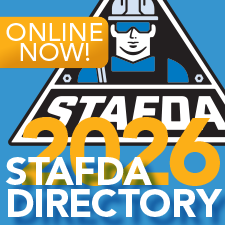|
|
Mobile Elevated Work Platforms (MEWPs) are essential tools and are widely used across various industries, providing efficient ways to access work at height. MEWPs are categorized into two main groups: A and B. Group A MEWPs are “vertical only” types, including scissor and personnel lifts. Group B MEWPs are “boom style” lifts where the operator’s basket can extend beyond the tipping line of the unit.
Using Group B MEWPs requires additional fall protection to guard against the operator being jostled or ejected due to the flexing of the boom. Unfortunately, several common misunderstandings exist surrounding fall protection in Group B MEWPs that this article will help clarify. References to lifts and MEWPs in this article refer to a Class B MEWP.
LIFT FAILURE
The primary fall hazard in MEWPs which requires the need for more fall protection is operator ejection, not lift failure. Many workers comment that fall protection prevents them from jumping or being thrown, to safety if the lift should fail. Fall protection does not protect the user from lift failure. The sole purpose of the fall protection system is to protect the operator from being ejected over the guardrail, not from the lift tipping over. Whether fall protection is used or not, lift failure remains a serious accident and the addition of fall protection is unlikely to alter the outcome.
TRAVEL RESTRAINT OR NOT?
There is a common misconception that any equipment used in a lift will function as a travel restraint.
The intent is admirable since travel restraint is preferred over fall arrest when applying the Fall Hazard Hierarchy of Controls. However, connecting a lanyard or self-retracting lifeline (SRL) to a lift anchor isn’t restraint if the length allowed by the system is greater than the distance to the fall hazard. The edge of the fall hazard in a lift is the upper edge of the guardrail. Since a true restraint system prevents travel past a fall hazard, the top edge of the guardrail, the longest tether that can be used must be shorter than the distance from the anchor to the top of the guardrail. Systems rarely restrain the worker completely because the length of the tether (lanyard or self-retracting lifeline) allows the worker to travel over the guardrail.
A similar belief remains that the energy-absorbing component is unnecessary. This is false. An energy absorber (or energy-absorbing element) is required in any fall arrest system. Since the MEWP operator could be ejected over the guardrail, there will be an increase in energy that needs to be accounted for. Although energy absorbers add distance to the event, it is necessary to control the amount of force realized by the operator and the MEWP anchor.
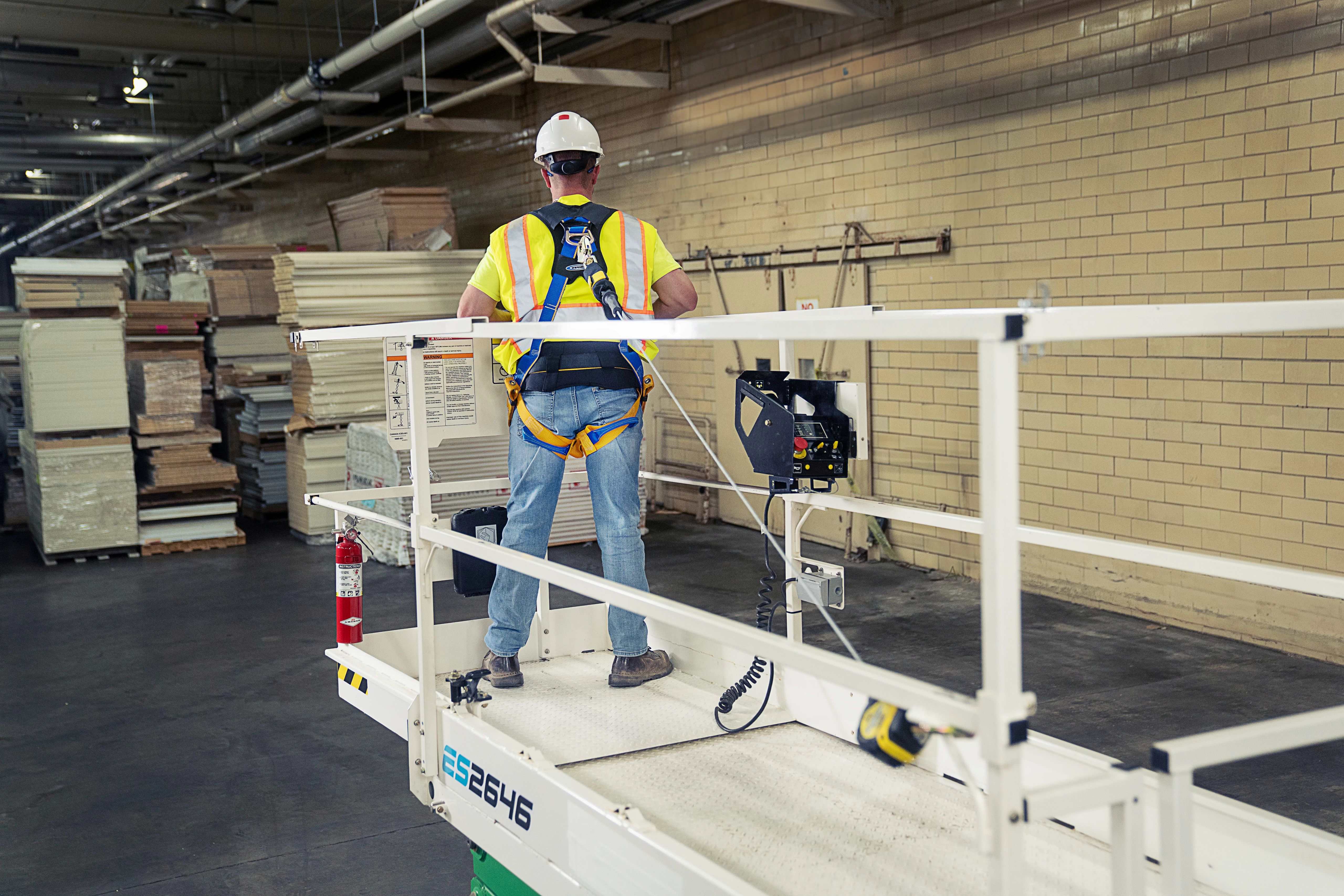 |
LANYARD VERSUS LIFELINE
There are several opinions on whether to use an energy-absorbing lanyard or a self-retracting lifeline. Both are compliant for use, both have pros and cons, and you will find local policies, opinions, and rules for each.
The pros of using energy-absorbing lanyards are predictability, cost, and familiarity. Being a fixed length, the total fall distance is relatively predictable by measuring the length of the lanyard and possible energy absorber deployment with the various locations of the lift where the operator may be ejected. Energy-absorbing lanyards are inexpensive, strong, and a familiar safety tool on most jobsites. The cons of energy-absorbing lanyards are user-friendliness and length. Being a fixed length, the operator usually has a bothersome loop of the lanyard around knee height as they move about the MEWP basket. Additionally, because the lanyard is fixed length, if an ejection should occur, the operator will always travel to the end length of the lanyard before it begins arresting the fall.
The pros of using self-retracting lifelines are user-friendliness and the potential for the self-retracting lifeline to lock before the operator leaves the MEWP basket. Since the line constituent (webbing or cable) is under constant tension, the bothersome loop of line that exists with energy-absorbing lanyards does not exist with a self-retracting lifeline. The line pays out and retracts as needed, making work easier. Also due to the locking design of all self-retracting lifelines, there is a chance that the SRL will lock before the operator is ejected out of the basket. The cons of using self-retracting lifelines are unpredictability and cost. The self-retracting lifeline will lock, just not as predictably as a lanyard. Due to the locking design of all self-retracting lifelines, the unit may lock and unlock as the MEWP boom flexes or the unit may not lock right away if the line is hindered by gates, hinges, control panels, guardrails, tools, or any other foreign object or material potentially contacting the line. Self-retracting lifelines are not as cost-effective as lanyards. If a self-retracting lifeline is used, it is recommended that an ANSI Z359.14-2021 Class 2 compliant unit be specified. Due to the anchor location, potential increase in fall energy, and contact with the MEWP basket (or whatever else the line will contact), Class 2 self-retracting lifelines are the preferred product.
CLEARANCE
Another common discussion point with fall protection is the amount of clearance needed. Many say that lanyards cannot or should not be used because they require too much clearance compared to self-retracting lifelines. It is widely published that a six-foot energy-absorbing lanyard requires 18 feet of clearance and self-retracting lifelines need significantly less, as little as two feet in some instances. This is an unfortunate comparison and although these numbers are published, they are generalizations and are not accurate when considering MEWP applications.
The 18 feet needed by an energy-absorbing lanyard is measured from the anchor location and includes lanyard length, full deployment of the energy absorber, harness stretch, worker height, and a two-foot margin of safety. It is the worst case, maximum number. The two feet of clearance mentioned for self-retracting lifelines comes from OSHA’s categorization for self-retracting lifelines regarding strength for designs that “…automatically limit free fall distance to two feet or less.” This clearance also complies with ANSI Z359.14-2014 Class A arrest distance requirement. This is the best-case, minimum number, measured from the platform, and does not include all the other clearance variables.
To make an accurate comparison of clearance between energy-absorbing lanyards and self-retracting lifelines, the anchor location inside the MEWP basket, free-fall distance (height of D-ring above guardrail or potential ejection distance), deployment of energy absorber (which will vary according to worker weight and free fall), worker height, harness stretch, and safety margin need to be calculated for both systems. When you make this comparison, you will find that energy-absorbing lanyards and self-retracting lifeline clearances are closer than one would think. The specific area of the MEWP basket where the operator is ejected (close to the anchor or further away) and how they are ejected (flung upward versus rolling over) plays a significant role in the clearance needed.
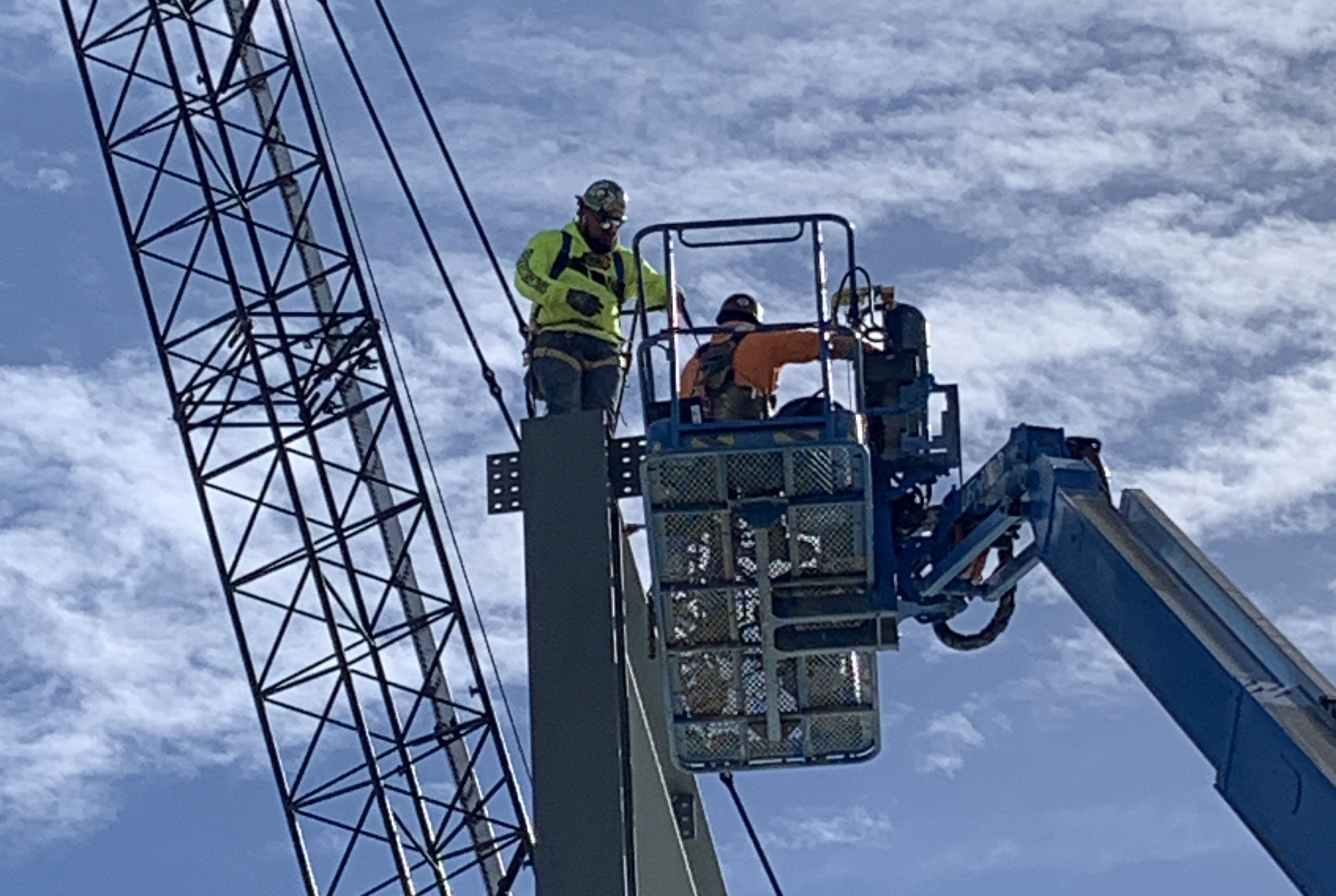 |
TRAVELING LANYARD
A “traveling lanyard” is an option that many organizations consider. The traveling lanyard is only connected and used when the lift is moving. Many ejection accidents occur when the lift is being moved, not when stationary and workers are conducting tasks. A traveling lanyard is a positioning lanyard connected to the anchor underneath (or adjacent) to the control panel that restricts the operator’s movement to a few inches. The MEWP operator connects a positioning lanyard to the anchor (one or two) and the harness hip D-ring(s) and shortens the length to a point where they cannot move more than a few inches while standing at the controls. The operator is connected so short that they cannot be ejected from the lift. Upon reaching the work area, the traveling lanyard is disconnected, and the energy-absorbing lanyard or self-retracting lifeline is used to ease movement while working.
If you use Class B MEWPs, it’s essential to thoroughly survey the lift, the people involved, and the nature of the work to assess the most effective fall protection methods to use. Take the time to talk to your safety departments to consider the MEWP anchor locations, means and methods of the work, and existing fall protection systems in use to determine which systems will work best for your group. A proactive approach and selecting the right system are critical to preventing accidents and ensuring a secure working environment. For training resources and videos, visit the Werner Fall Protection page.
This article was contributed by Eric Miller, vice president and GM of Werner Safe Access; Mike Cameron, technical services manager Werner Safe Access; and Kevin Denis, technical services, Werner Safe Access.
This article originally appeared in the April/May 2025 issue of Contractor Supply magazine. Copyright, 2025 Direct Business Media.





